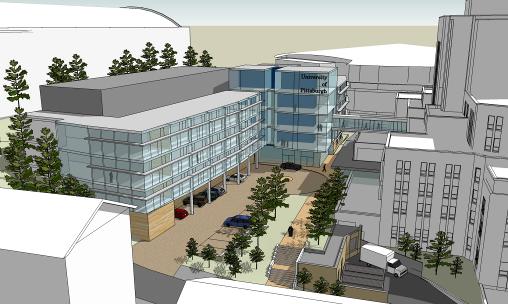


|
SALK HALL LABORATORY
Located at the University of Pittsburgh Main Campus
Christopher Kelly
Architectural Engineering
Mechanical Option |

|
This page was last updated on November 30th, 2010, by Christopher Kelly and is hosted by the Department of Architectural Engineering at the Pennsylvania State University. |
|
Monday, May 02, 2011 |
|
|
|
|
|
|
|
While great efforts have been taken to provide accurate and complete information on the pages of CPEP, please be aware that the information contained herewith is considered a work‐in‐progress for this thesis project. Modifications and changes related to the original building designs and construction methodologies for this senior thesis project are solely the interpretation of Christopher Kelly. Changes and discrepancies in no way imply that the original design contained errors or was flawed. Differing assumptions, code references, requirements, an methodologies have been incorporated into this thesis project; therefore, investigation results may vary from the original design. |
|
Technical Assignments |